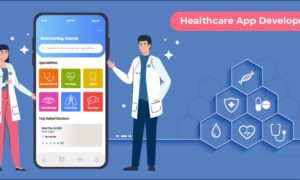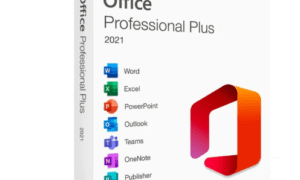The growing popularity of remote work has presented companies with exciting opportunities to tap into global talent pools and embrace flexible work culture. However, integrating new talent demands thoughtful strategies, especially in technical roles like software development.
Remote onboarding presents unique challenges, and neglecting them can lead to decreased productivity, low morale, and high employee turnover. This article outlines a practical framework for successfully onboarding remote software developers, ensuring a smooth transition, and setting them up for long-term success.
What Is Remote Employee Onboarding and Why Is It Challenging?
Remote employee onboarding is about bringing new hires into the fold without the usual in-person interactions. This task is challenging due to the absence of face-to-face meetings, possible time zone differences, and the need for robust virtual communication. Additionally, remote employees might not have immediate access to resources like their in-office counterparts, potentially slowing their adjustment period.
Why Onboarding Matters, Especially for Developers
Effective onboarding ensures that new hires are well-acquainted with the company’s culture, expectations, and specific roles. It sets the stage for their future performance and job satisfaction, impacting overall team productivity and morale.
For software developers, a smooth onboarding experience is crucial for:
- Quickly getting to grips with the codebase and project objectives.
- Reducing initial errors and inefficiencies.
- Establishing strong communication channels with team members and stakeholders.
Remote Onboarding Process: A Three-Step Approach
The remote onboarding process can be broken down into three main steps.
Step One: Pre-Onboarding – Getting the Stage Ready
Pre-onboarding involves preparations made before the employee’s first day. This includes sending welcome packages and providing detailed information about company policies, role expectations, and team dynamics. It includes setting up necessary accounts and access permissions to software, especially remote onboarding software and communication channels, and providing a detailed schedule for the first week.
Step Two: The First Day/Week: Integrating into the Team
Your goal here is to make your new developer feel like part of the family, right from the get-go.
- Host virtual team introductions to introduce new developers to colleagues.
- Organize icebreakers and social activities to promote informal interaction and team building.
- Schedule initial meetings with key stakeholders such as project managers, mentors, and team leads.
- Buddy them up with a go-to colleague for all their questions and guidance needs.
- Provide comprehensive training and offer onboarding resources, codebase walkthroughs, and access to relevant documentation.
Step Three: Ongoing Onboarding: Keeping Momentum Going
Ongoing onboarding involves regular check-ins, continuous training, and performance feedback. Promote open communication to address their concerns and gather their feedback. Provide them with career development and mentorship opportunities. This step ensures the developer remains engaged and aligned with the company’s goals and expectations.
Final Word: Securing Long-Term Success Through Effective Onboarding
Onboarding remote software developers can be challenging, but by following these best practices, you can ensure that your new employees feel welcome, connected, and supported. By establishing clear lines of communication, providing them with the resources they need to be successful, and setting clear expectations, you can help your remote employees get up to speed quickly and start contributing to the team faster.
Read More From Techbullion



































